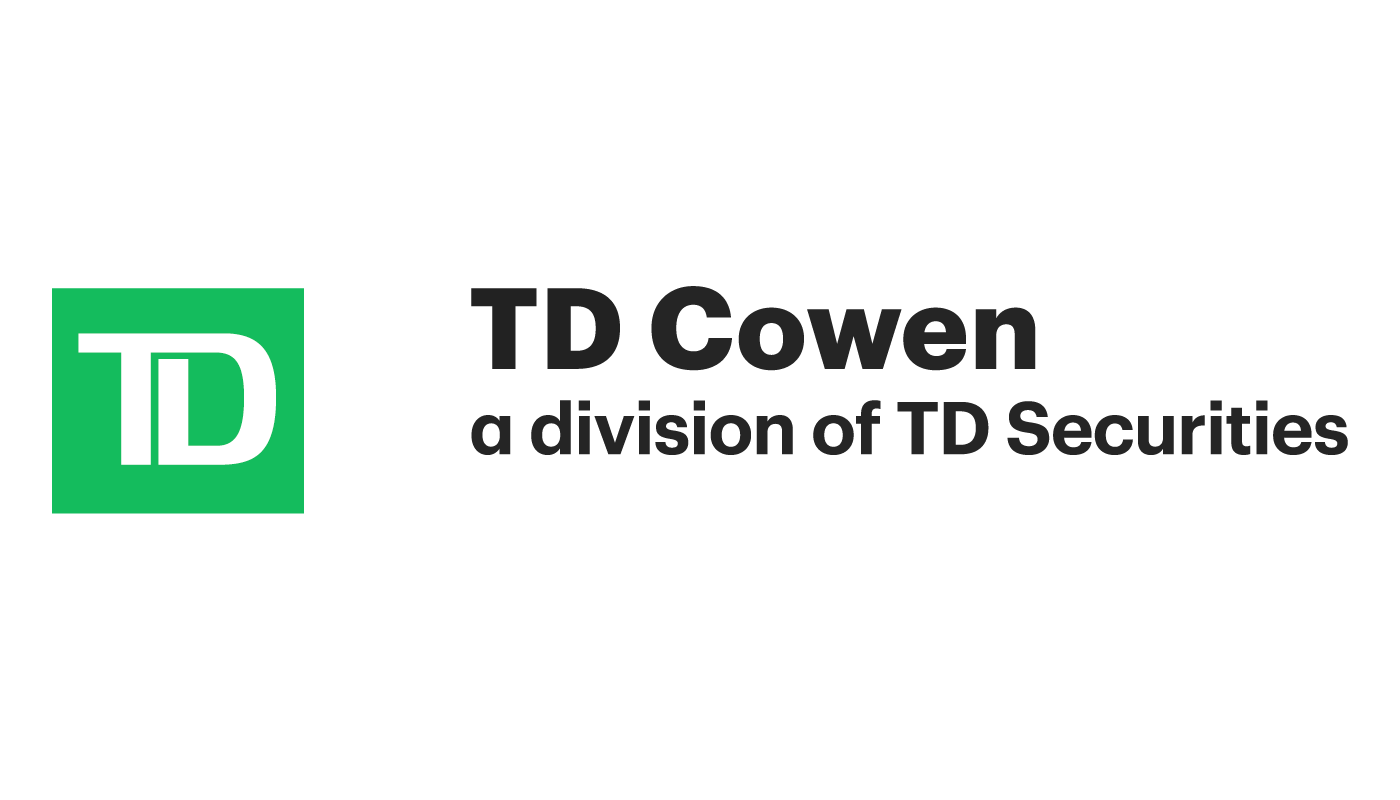In today’s rapidly evolving digital landscape, the way we interact with financial services is undergoing a profound transformation. Traditional banking and payment systems are being disrupted by a new paradigm known as “embedded finance.” But exactly what is it?
Embedded Finance represents a shift in the world of financial services, heralding a new era of ubiquitous finance. This intersection between finance and technology not only disrupts the traditional banking industry but also offers a transformative opportunity for non-financial businesses to include financial services as a part of their offering.
This revolutionary concept is reshaping the financial industry, enabling seamless integration of financial products and services into non-financial platforms and applications. From e-commerce platforms to ride-sharing apps, embedded finance is empowering businesses to offer a broader range of financial solutions, simplifying transactions, and enhancing user experiences.
What is Embedded Finance?
A World Economic Forum report predicts that embedded finance could represent a US$7 trillion global opportunity by 2030, making it the largest sector of the financial services industry. This article delves into the world of embedded finance, exploring its key features, benefits, and potential implications for the future of finance, from incumbent banking to the future of how we make payments.
What is embedded finance? Embedded finance refers to the integration of financial services, such as payments, lending, insurance, and investment products, into third-party platforms, applications, or ecosystems.
Unlike the traditional model where customers had to rely solely on banks for financial services, embedded finance allows businesses to embed financial capabilities directly into their existing products, enabling them to provide a seamless end-to-end experience — enhancing the user’s journey by offering a more comprehensive, convenient, and personalised service, thus increasing customer loyalty and creating new revenue streams.
The Rise of Embedded Finance
The rise of financial features that can be integrated into other platforms, can be attributed to a couple of key factors: Technological advancements and changing customer expectations.
Rapid advancements in technology, such as Application Programming Interfaces (APIs), cloud computing, and open banking frameworks, have made it easier for businesses to integrate financial services into their platforms.
Consumers increasingly expect seamless and convenient experiences across different domains. By embedding financial services into everyday platforms, businesses can offer customers a one-stop-shop experience, eliminating the need for multiple applications and reducing friction in financial transactions.
Key Features and Benefits
- Simplified User Experience: With embedded finance, users can access financial services within the platforms they already use, eliminating the need to switch between different applications. This streamlined experience enhances convenience and improves customer satisfaction.
- Improved Access to Financial Services: Embedded finance opens up new avenues for underserved populations to access financial products. By integrating financial services into platforms that people already trust and use regularly, barriers to entry are reduced, enabling greater financial inclusion.
- Personalised and Contextualised Offerings: Embedded finance allows businesses to leverage data and analytics to offer personalised financial products and services tailored to the specific needs of their customers. This enables targeted recommendations and more relevant offerings.
- New Revenue Streams: For non-financial companies, embedded finance represents an opportunity to generate additional revenue streams. By monetising financial services, businesses can diversify their income sources and enhance profitability.
- Innovation and Collaboration: Embedded finance encourages collaboration between fintech startups, traditional financial institutions, and non-financial companies. This collaboration fosters innovation and the development of new, disruptive business models.
Embedded Finance Making its Mark in Southeast Asia
While it can be demanding for businesses to incorporate financial services into their platforms, there is also a vast potential. For instance, Southeast Asia possesses a youthful population with a median age of merely 30 and a receptiveness to innovative products and services. Moreover, consumers in the region are predominantly mobile-first, if not exclusively mobile, and are predisposed to rely on trusted brands and applications for supplemental services.
One instance of a firm effectively utilising embedded finance is the Singaporean gig-economy platform, Grab. Initially started as a ride-hailing enterprise, it expanded its purview to include food delivery services. The application further incorporates embedded facilities such as payments, insurance, investments, loans, and credit. This framework allows users to purchase and utilise financial products whilst remaining within Grab’s ecosystem.
There are numerous further instances of companies flourishing with embedded finance in Southeast Asia, including Gojek, Shopee, Lazada, Xero, Aspire, Spenmo, and Neat, among many others in the region.
Implications for the Future
The trend of embedded finance is set to accelerate in the future, as more companies recognize the value and potential of integrating financial services into their core offerings. Given the benefits for both businesses and consumers, embedded finance is likely to become a staple across various sectors, from retail to healthcare to entertainment, further blurring the lines between financial services and other industries.
However, along with the opportunities, there are challenges as well. Embedded finance has the potential to transform the financial industry in numerous ways:
- Traditional Banking Disruption: As it gains traction, traditional banks may face increased competition from non-financial companies that offer seamless financial services. This could drive banks to adapt their business models and explore partnerships to remain relevant.
- Financial Ecosystem Expansion: The concept of embedded financial services extend beyond basic payments and lending. As more financial services get embedded into various platforms, we can expect the emergence of comprehensive financial ecosystems that cater to diverse consumer needs.
- Regulatory Considerations: With its growing prominence, regulatory bodies will need to address potential challenges related to data privacy, security, consumer protection, and fair competition to ensure a safe and transparent financial landscape.
As with any nascent industry, the future will depend on how these challenges are addressed and how well inbuilt finance tools can be integrated into customers’ lives.
Embedded finance represents a paradigm shift in the way we approach and consume financial services. It has the potential to democratise finance, making it more accessible and convenient for customers, while allowing businesses to diversify their offerings and revenue streams.
By seamlessly integrating banking and payment functionalities into non-financial platforms and applications, embedded financial alternatives creates new possibilities for businesses, consumers, and the financial industry as a whole. As this transformative trend continues to evolve, it is crucial for stakeholders to embrace innovation, collaborate, and adapt to the changing landscape of finance to unlock the full potential of embedded finance in the future.
This article is a part of Fintech Basics, a new series exploring the emerging concepts that are innovating both finance and technology and bridging them for everyday use.









































